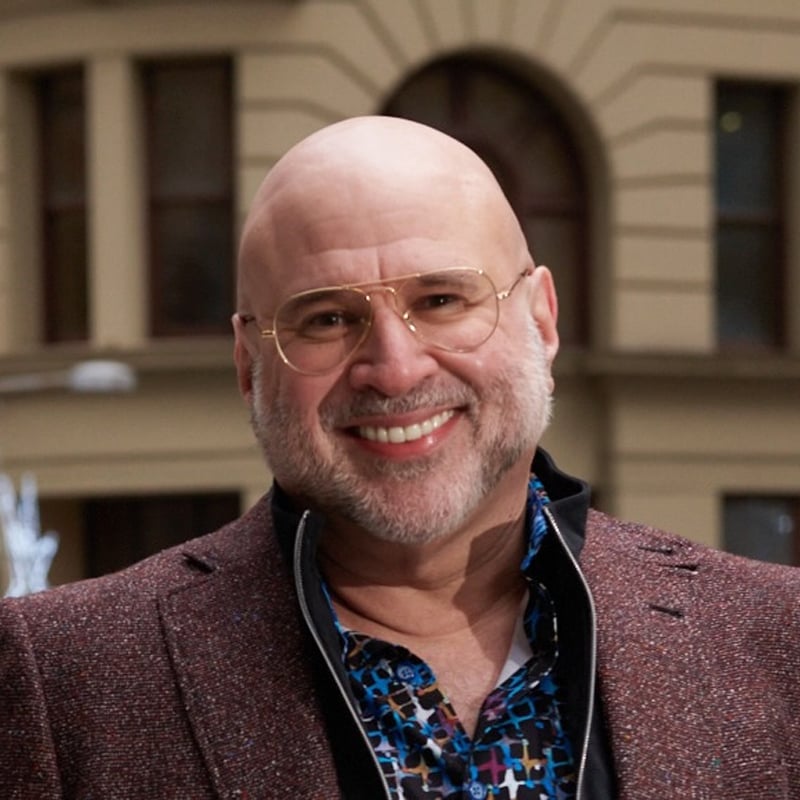Licensing revenue has grown 4% since 2001 from $5.60 billion to $5.85 billion in 2004. And with consumers’ love of nostalgia, movies and good, old-fashioned baseball, licensing continues to drive revenue.
Entertainment and character licensing dominated the industry ($2.56 billion) in 2004, accounting for 44% of the market. Trademarks/brands ($1.08 billion) and fashion ($814 million) ranked second and third respectively, at 18% and 14%.
Revenue for sports licensing dropped by 1.5% to $795 million in 2004 from $814 million in 2003, largely due to industry changes and the National Hockey League strike. Other categories that declined include collegiate and art with $2.01 million and $170 million, respectively, according to the Licensing Industry Merchandisers Association (LIMA). Final figures are due in June.
Film properties and TV shows are expected to keep character and entertainment licensing on top. In 2005, Blockbuster films including Star Wars Episode III: Revenge of the Sith and King Kong drove licensing revenue. And in 2006, Warner Bros. is counting on its next potential blockbuster, Superman Returns, to rake in licensing dollars.
“From year to year, there [are] lots of opportunities for new characters and properties to be huge licensing successes,” says LIMA President Charles M. Riotto. “That will be the case in 2006.”
Popular TV shows (think Fox’s 24 and Family Guy) will further lure brands in licensing deals. One of the attractions is a loyal fan base always on the hunt for merchandise that ties into their favorite shows, says Elie Dekel, executive VP-licensing and merchandising for Twentieth Century Fox. T-shirts, loungewear and novelty items top the list for TV-based goods.
“Dozens and dozens of television properties are enjoying licensing, from reality, to drama to comedy and action-adventure,” Dekel says. “Fans who purchase these products are looking for a way to bring [the experience] off the screen and make it part of their daily life.”
This year, Twentieth Century Fox is developing a range of products for NBC’s hit comedy My Name is Earl, including apparel, housewares, novelty items and a cosmetics line around the show’s character, Joy.
“It becomes almost a social catalyst,” Dekel says. “Giving [consumers] something that is an inside joke is an essential ingredient.”
In 2004, retail sales for licensed goods totaled $105 billion and are projected to show a 1% to 1.5% growth rate to $106.7 billion in 2005, Riotto says. Entertainment and character licensing again led with $46.2 billion in sales in 2004.
Corporate sales totaled $19.5 billion. The category is projected to increase by 2% when 2005 figures are finalized, Riotto says. Sports licensing continues to soar as fans search out the next hot collectible with $14.3 billion in sales.
“We’re seeing more and more brands looking into licensing opportunities as a way of beefing up their bottom line,” Riotto says.
Last year, Kellogg Co. began rolling out a line of vintage products featuring artwork by artists Norman Rockwell and Alfred Buell to coincide with its 100th anniversary this year. The collection, which includes apparel, tableware and collectibles, draws from years of iconic images from Kellogg’s packaging, advertising and promotions.
“Kellogg characters strike such an affinity with consumers,” says Kellogg spokesperson Jill Saletta. “We wanted…to include the generations of consumers who have grown up with Kellogg’s products.”
SNAPSHOT 2005
Licensing revenue at $5.85 billion
Entertainment and characters still lead the pack
Flat growth projected for 2006
 Network
Network

